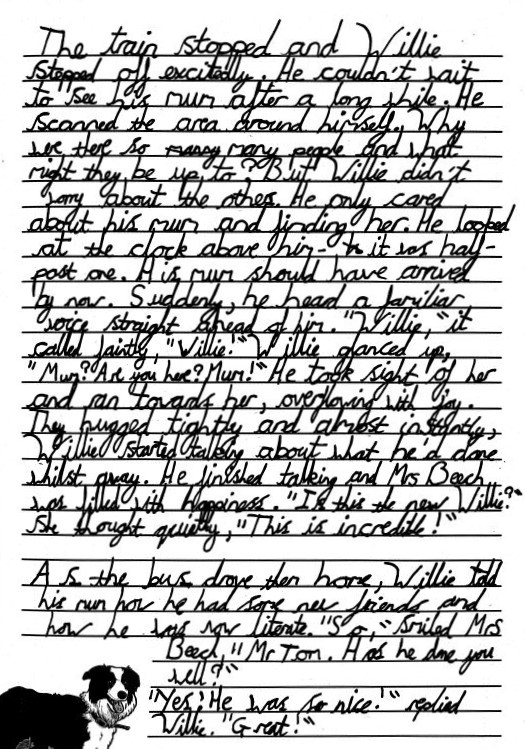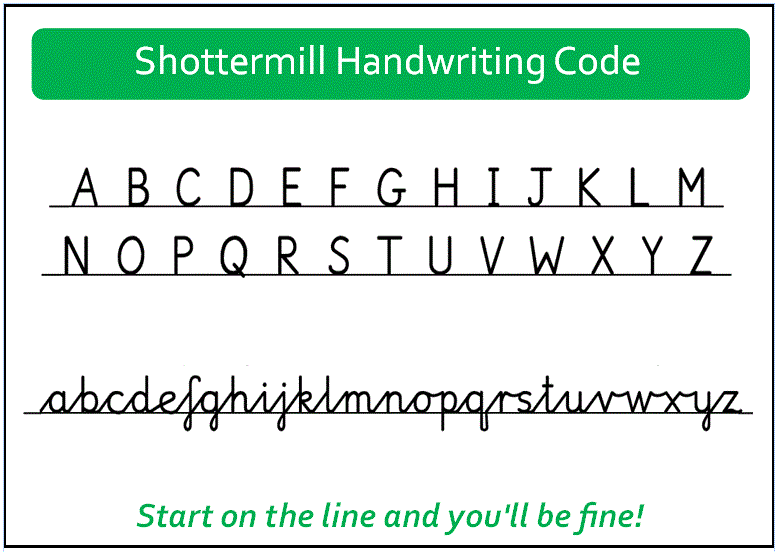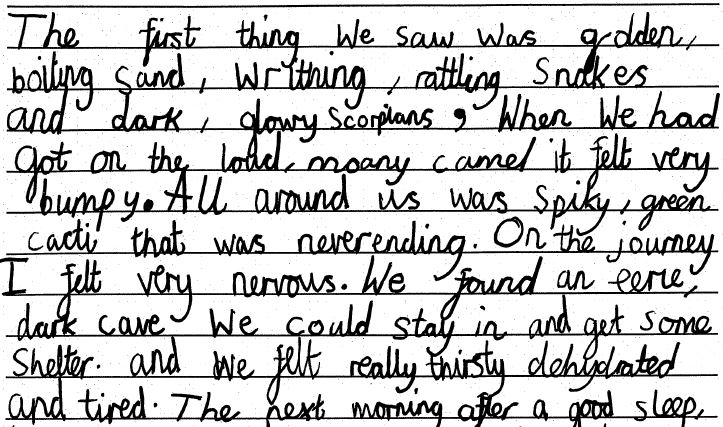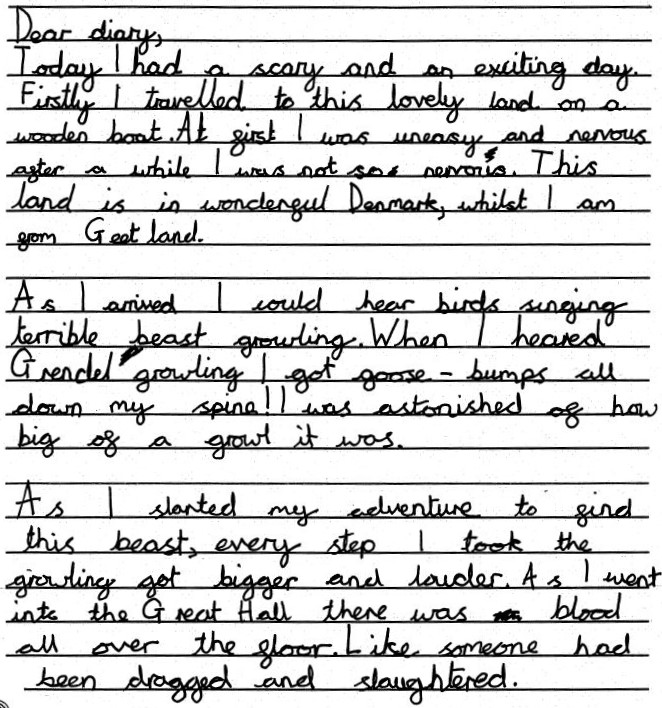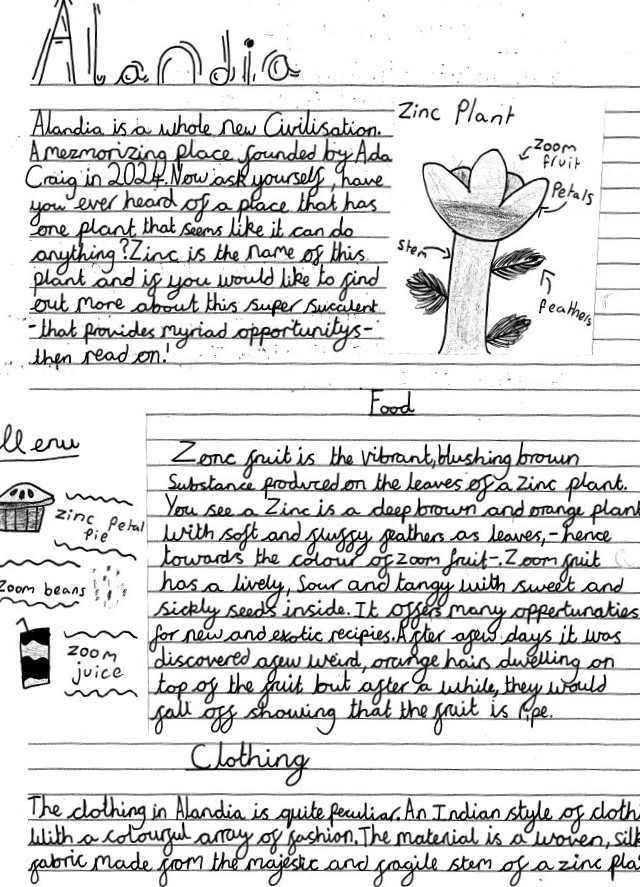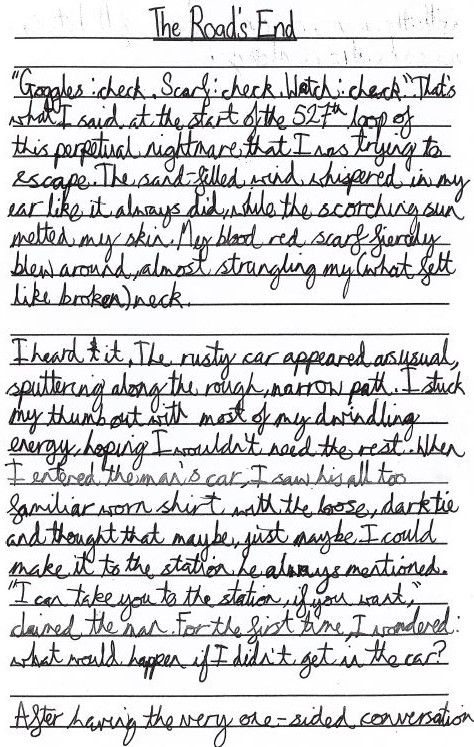Handwriting Expectations
Handwriting is an essential skill that supports the transcription and spelling element of the National Curriculum for English. Children are required to consistently use joined handwriting in order to achieve the expected standard by the end of Year 6.
In order to develop a consistent approach across both Shottermill Infant and Junior Schools, we have adopted a shared Shottermill Handwriting Code, which is shown below. This approach embraces the mantra 'start on the line and you'll be fine' as a fun way to remember the correct formation of each letter.
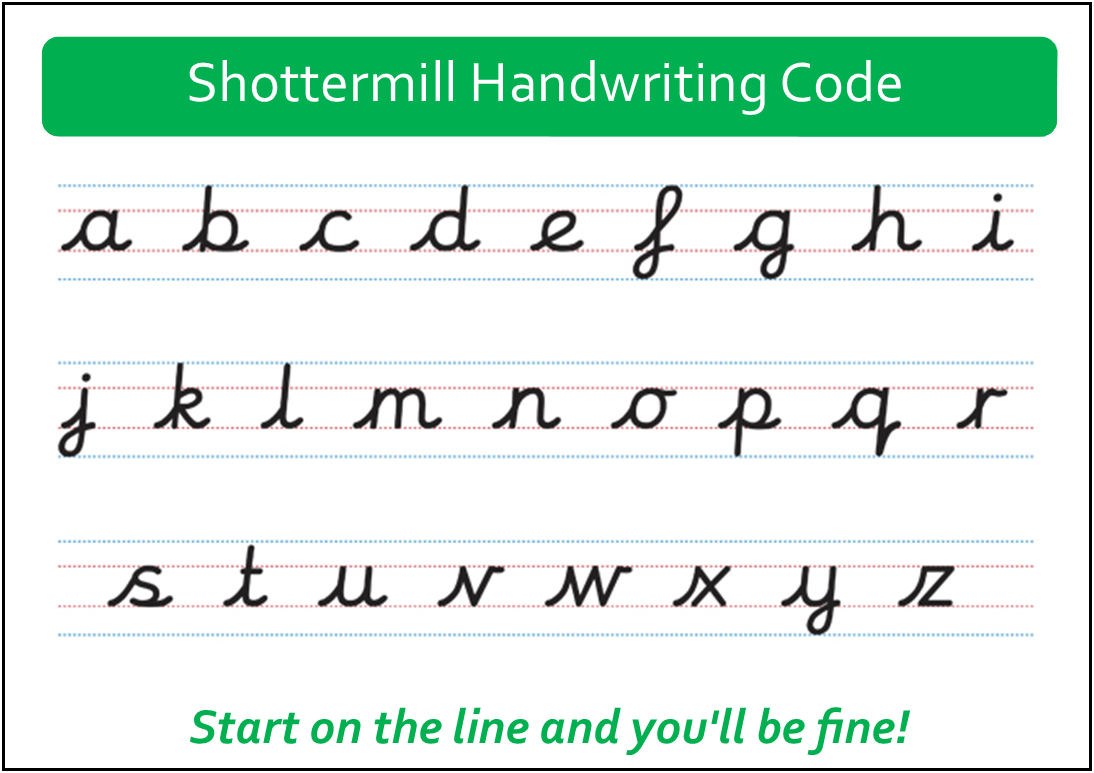
Below are some expectations of the quality of handwriting we expect by the end of each year group, which we hope will guide parents in supporting good cursive writing when working on homework tasks. We regularly teach handwriting lessons in class, often incorporating the weekly spellings children are learning in the week. Children also publish their extended writing usually every 2 weeks, as part of our English lessons.
Expectation by the end of Year 3: Below is an example which shows the standard of handwriting expected by the end of Year 3. Here the letters are mostly formed correctly with ascenders and descenders of suitable size. Capital letters stand out from lower case letters because they are correctly formed. Most letters are correctly joined, but this is still developing.
Expectation by the end of Year 4: Below is an example which shows the standard of handwriting expected by the end of Year 4. All letter joins are correctly formed, with accurate ascenders and descenders. The size of handwriting is more suitable and consistent.
Expectation by the end of Year 5: Below is an example which shows the standard of handwriting expected by the end of Year 5. Writing is consistently well joined and cursive, with a personal style starting to develop. The size of letter formation is consistent and the child's handwriting is able to be maintained over longer pieces of writing.
Expectation by the end of Year 6: We would expect children to be competently able to join their handwriting, showing a high level of consistency, particularly throughout the entire piece of work and when writing at speed. Children will also have likely developed a personal style to their handwriting, which must be easy to read. Please see different examples below:
